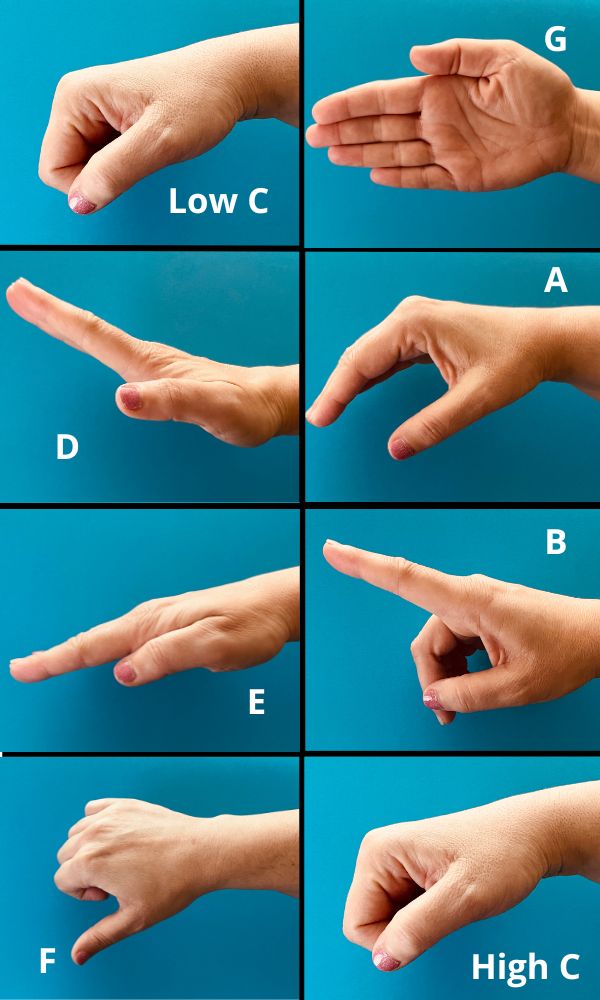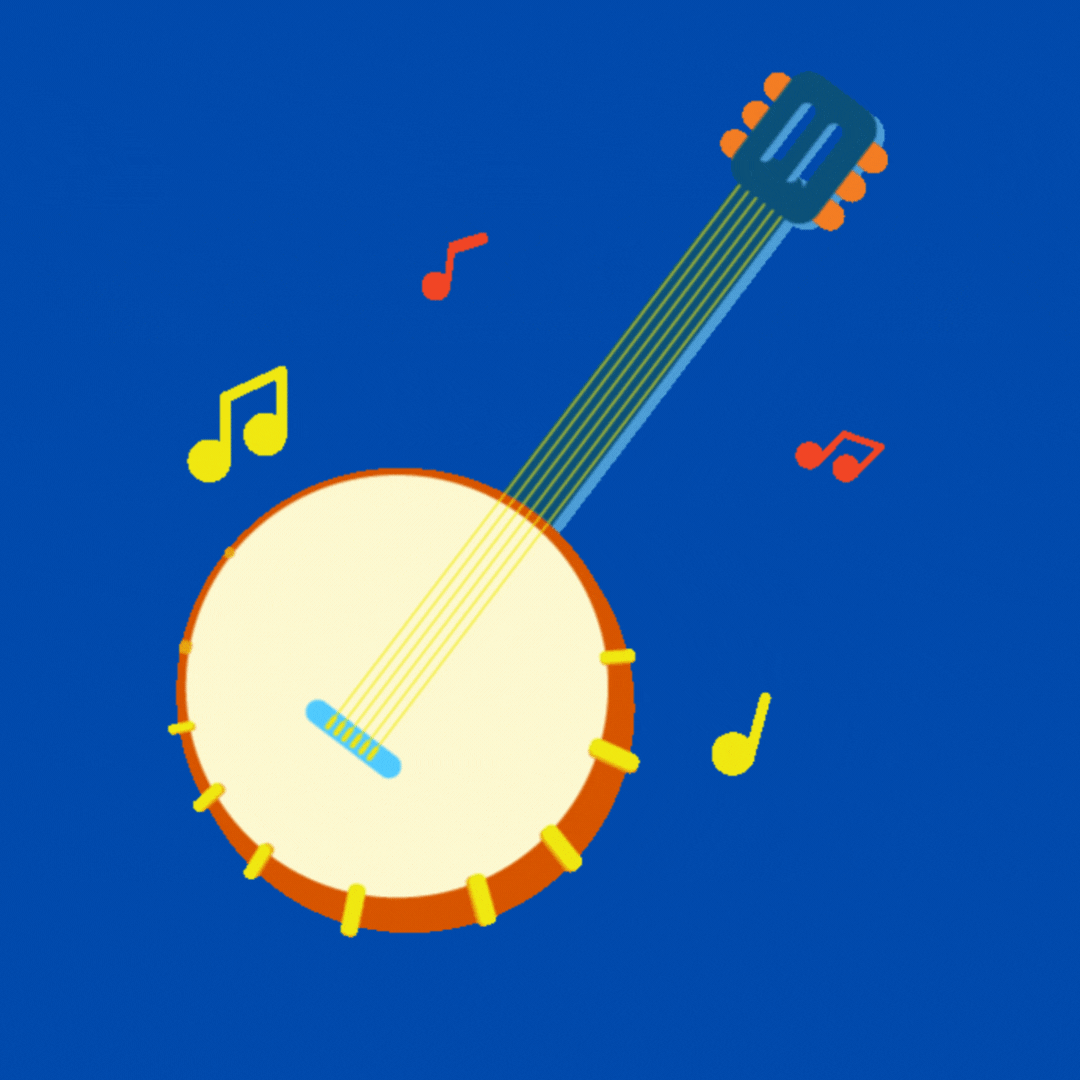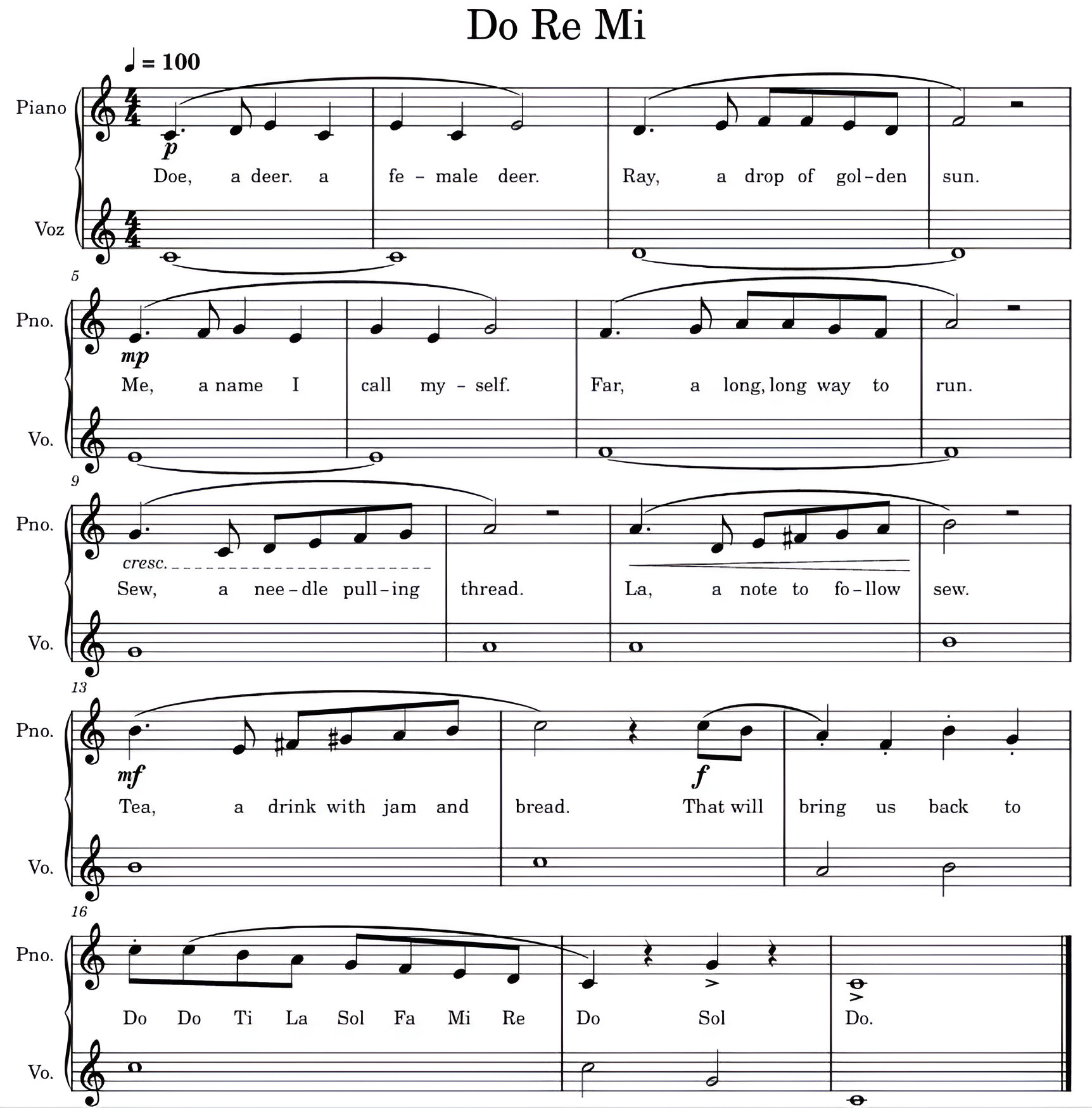Kodály hand signs
Kodály Method

The Hungarian pedagogue and composer Zoltán Kodaly (1882-1967) developed an approach to music teaching which stated, for example, that the process of learning music should start at an early age and that materials should be connected to the students’ culture, for instance, through well known children songs and local folk songs. It was not exactly a complete new approach as there had already been people such as the British John Curwen, who had worked in developing a simple method to teach music through melodies.
Kodaly's method includes a hand sign for each note. These hand signs are performed in front of the body and their up or down representation in the air corresponds to the different pitches. C (Do) will be made at waist level and A (LA) at eye level. His method is said to improve not only motor skills, improvisation, group work and creativity but also intonation and rhythm skills which will help to make quick progress when attempting to sing increasingly complex melodies.
On the left you have the hand signs for each note.
DO RE MI - Piano and voice score + sound + video
Now it is time to look at the stave, study the notes, sing them aloud and memorize the notes and the lyrics.
This is the sound corresponding to the score above.
 Now that you have a clear idea of the melody and the notes, time signature, rests and other elements in the score, look at the melodic line and listen to the sound file while, at the same time, marking each note with Kodaly hand signs. You have to rehearse till you can do it properly and fluently.
Now that you have a clear idea of the melody and the notes, time signature, rests and other elements in the score, look at the melodic line and listen to the sound file while, at the same time, marking each note with Kodaly hand signs. You have to rehearse till you can do it properly and fluently.
And here you have got a video with Kodály hand signs to help you perform the song or simply to check if you have done it correctly.
